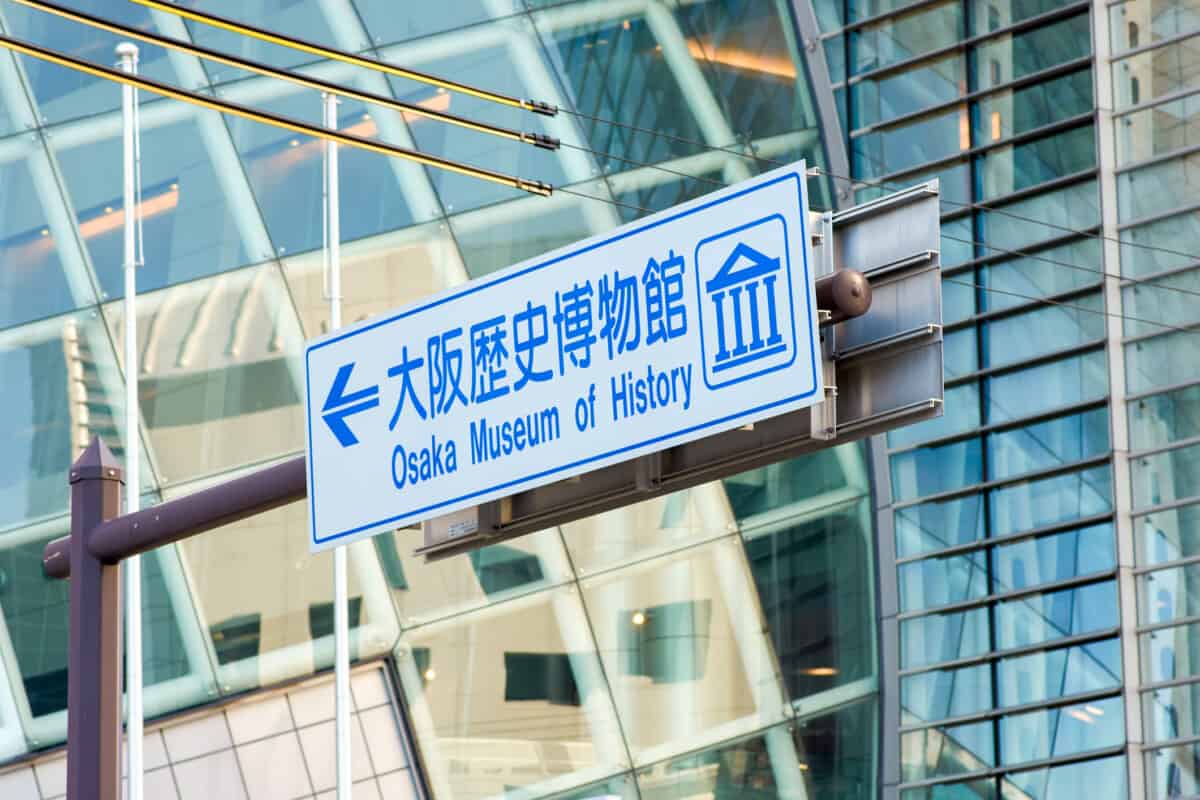Visiting a museum offers a glimpse into the past and present of a city or a country. In Japan, museums are a unique experience in that there is so much attention to detail put into remembering its past.
Osaka is an integral part of Japan’s history, being that it served as the first capital city of Japan. Thus, there are centuries of history to learn about, making the Osaka Museum of History one of the important attractions to include on your itinerary when visiting Osaka.
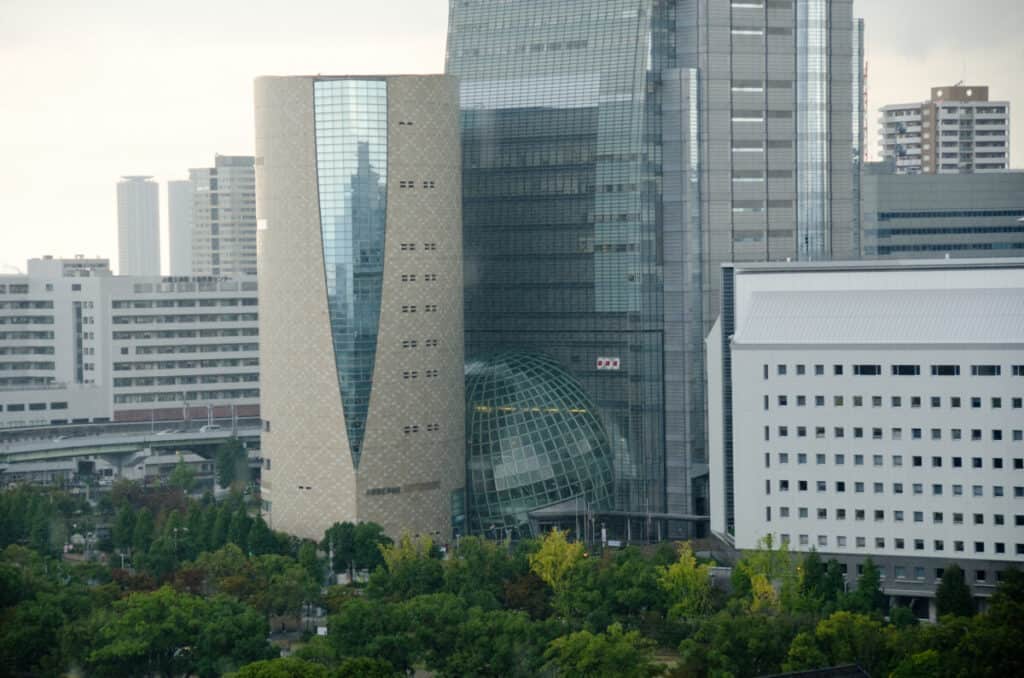
The Osaka Museum Of History
The Osaka Museum of History has been an immersive way for visitors to learn all about Osaka since 2003. There are ample opportunities to learn about Osaka from its inception to modern times.
There are ten floors that make up the museum.
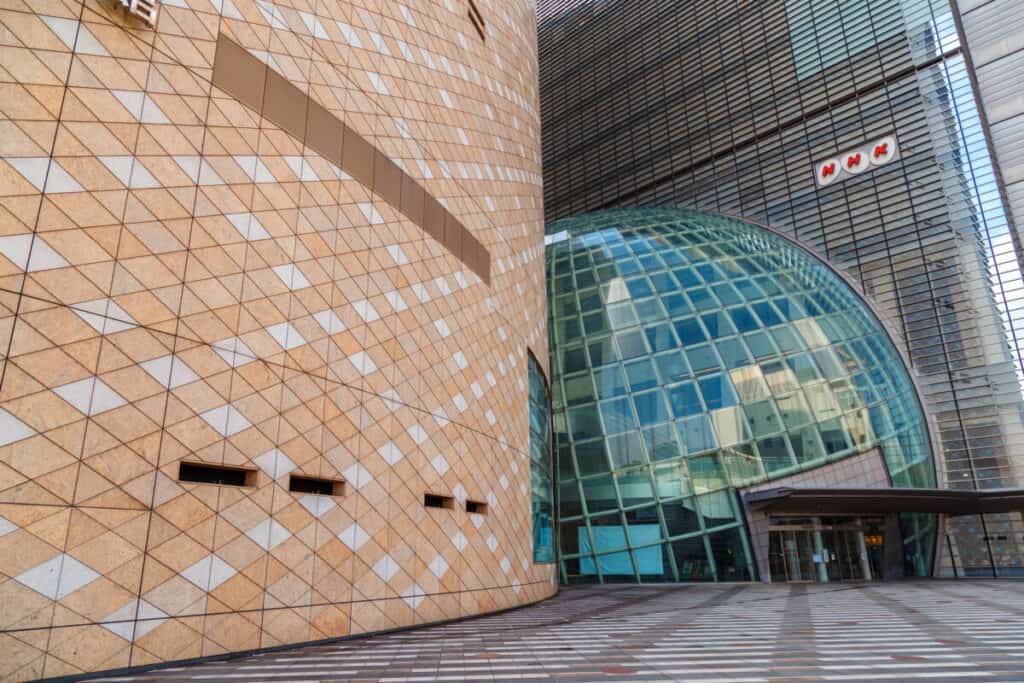
From the outside, the museum looks like a modern, state-of-the-art building with large, stunning glass windows and walls. It stands where the Naniwa Palace used to be centuries ago when Emperor Kotoku sat on the throne.
The museum and its contents were carefully curated to engage and educate visitors on how Osaka has evolved through the years.
It was put together with a lot of thought and care, with the intent of preserving history and relating it to the present.
It’s impressive the number of artifacts and remnants of the past that have been recovered over the years, making their permanent homes in displays spread throughout the museum. It offers an entertaining but informative learning opportunity for people of all ages.
About Osaka, Japan
Osaka is the capital city of the Osaka Prefecture and is one of the biggest cities in terms of population in Japan.
It is known as a port city, being that it is surrounded by ports that were integral in the evolution of trade in Japan.
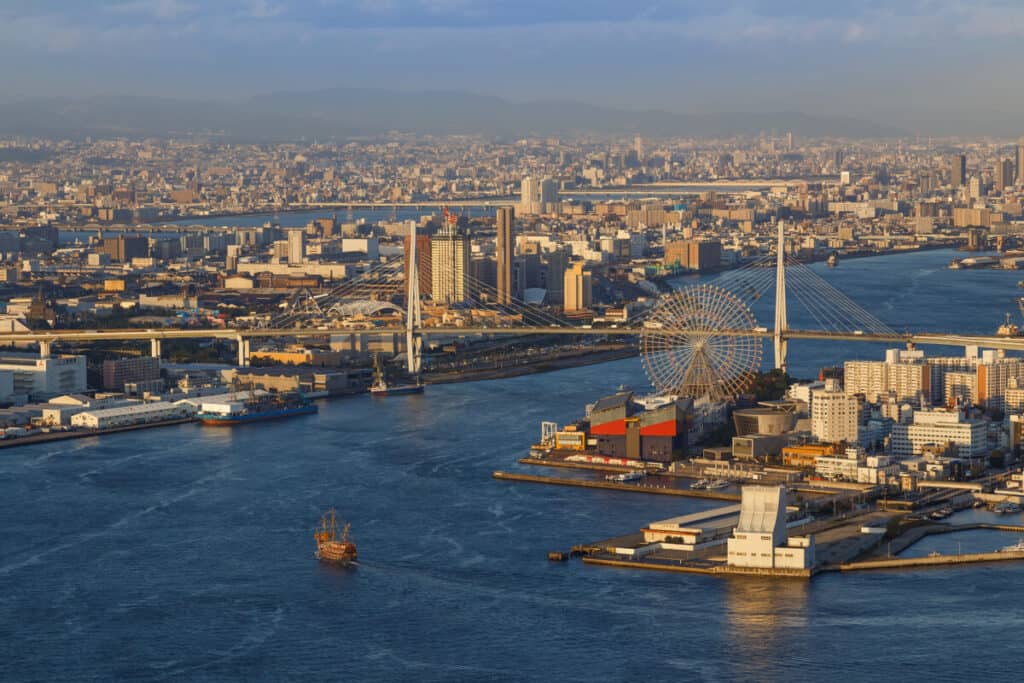
Osaka is also a testament to how industrialization and economic expansion occurred in Japan.
Today, there is a unique combination of traditional and spiritual Japanese landmarks such as shrines and temples, as well as modern infrastructures, spacious parks, and ample tourist destinations.
The History Of Osaka, Japan
Many of Japan’s earliest settlers called Osaka their home, though it wasn’t referred to as Osaka at that time. Its origins can be traced back to 7000 BCE.
Between 250-500 AD, the port connected modern-day Osaka to the rest of Japan, and the earliest instances of the port being used for trade could be seen.
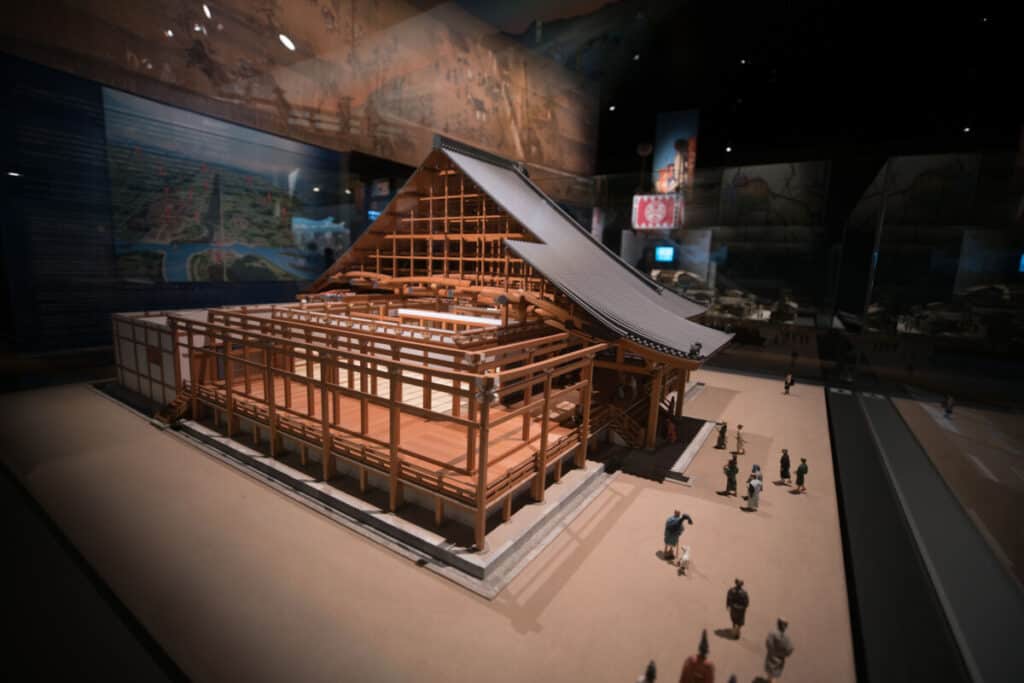
In the 600s, Osaka, referred to as Naniwa at the time, was established as the capital of Japan. Its reign as the capital city didn’t last for long, but the importance of Osaka to the development of Japan was not finished yet.
Osaka Museum’s Top Floor
The top floor of the museum offers featured exhibits to learn more about the history of Osaka.
There are several types of displays that allow you to learn about Osaka, from photographs to reconstructions of several landmarks that have existed in Osaka.
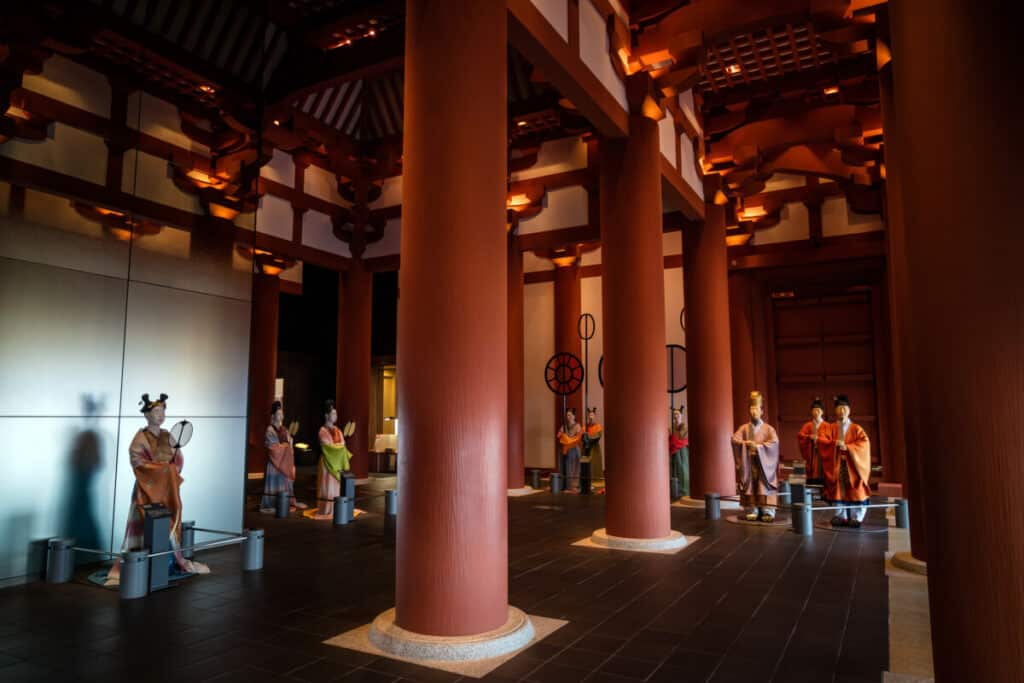
One interesting piece of history housed in the museum is remnants of the Naniwa Palace, which used to stand where the museum is now located.
One of the reconstructions that can be viewed as well as a model inspired by a 5th-century warehouse.
Similarly, there is a reconstruction of the former Dotombori district. This was the place to shop in Osaka before the Second World War.
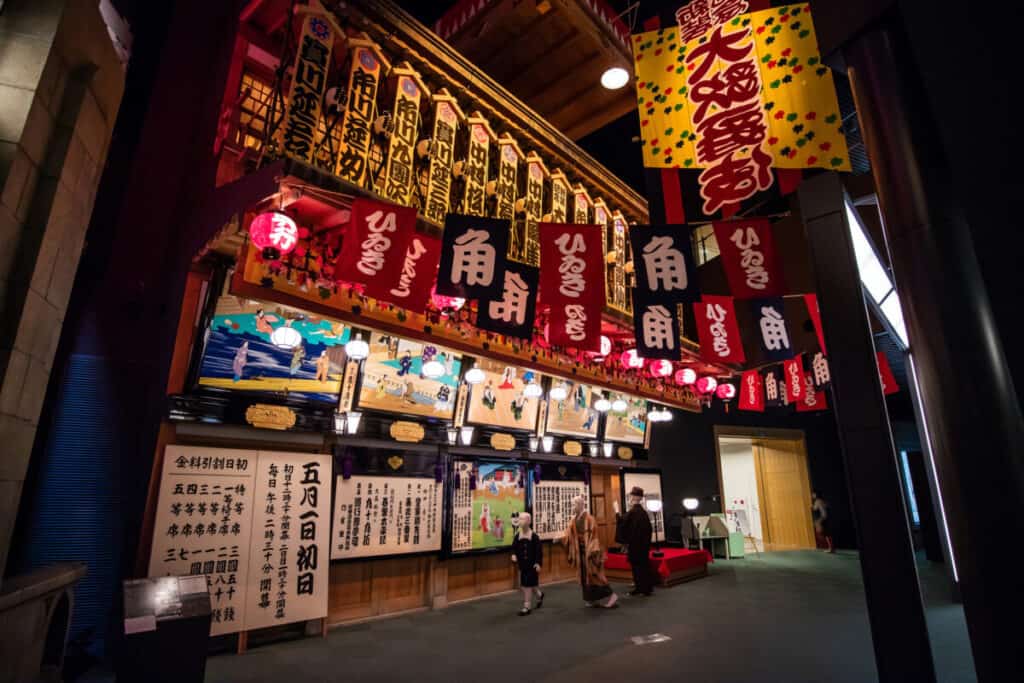
As you are guided through the myriad of displays within the museum, you’ll make your way from the top floor, which is the 10th floor of the building, all the way down to the bottom floor.
A Journey Through Time
A highlight of the Osaka Museum of History is the way you are able to travel through time, essentially, while making your way down each floor.
At the top, you learn about the origins of Osaka through depictions of Naniwa Palace. There are also several recovered artifacts from that time period that are put on display, as well as mannequins dressed in costumes relevant to the times.
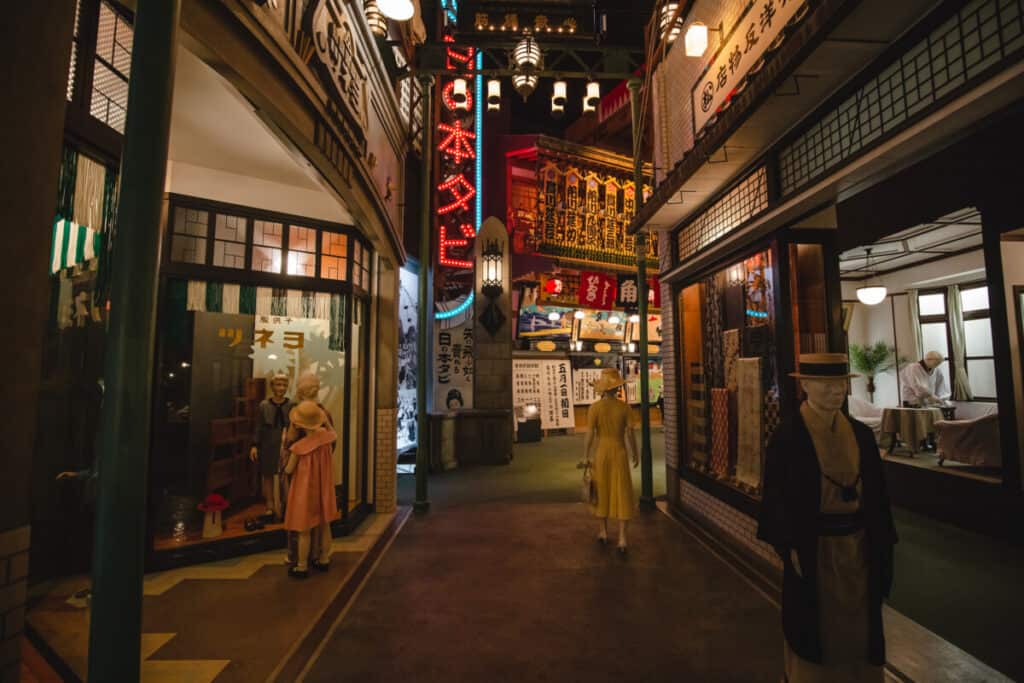
Once you go down to the next floor, you learn more about how Osaka was a hub for trade, being a city located near a port. You are also able to see beautiful depictions of what life was like in Osaka during that time period.
On the next floor, the eighth floor, you can learn more about how archeologists explored the area to uncover several artifacts and the tools they once used.
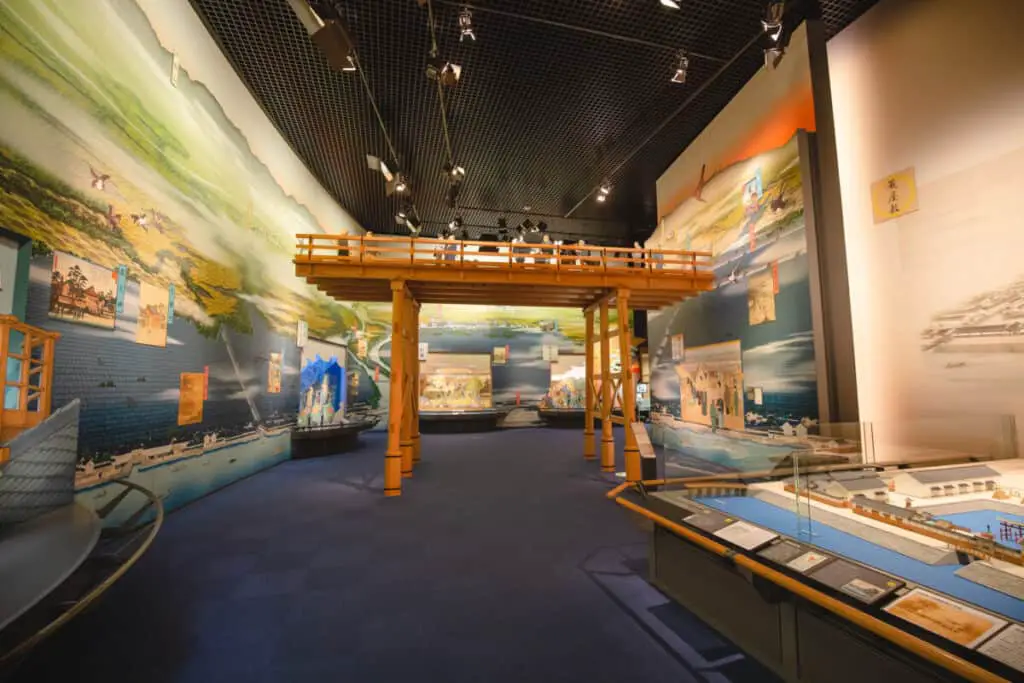
On the seventh floor, you get a glimpse of what Osaka used to look like by viewing old photographs and seeing recreations of old streets and homes. You can even view household objects that people in Osaka once used in the distant past.
As you continue down to the remaining floors, there are resources kept safe that help reminds us of the bountiful history of the area. Some of these floors are not always accessible or don’t have specific items on display.
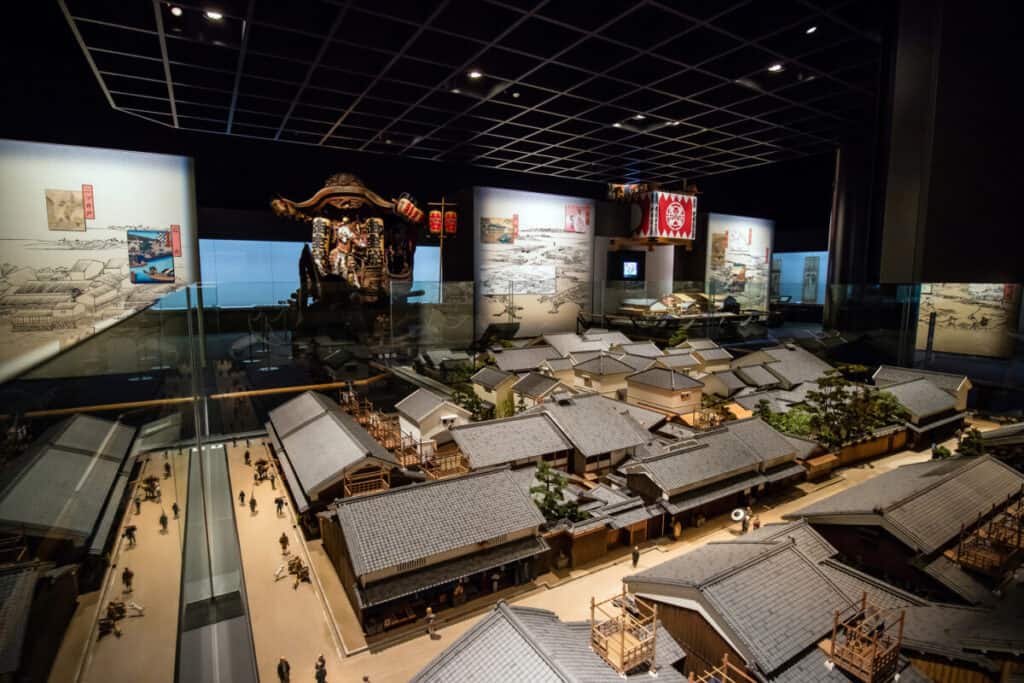
Throughout different displays, there are also videos and short movies you’re able to watch.
A lot of effort was put into making the museum as interesting as possible, making it an exciting time for those who are just starting to learn about the history of the different areas of Japan.
Osaka Museum’s Bottom Floor
On the bottom floor of the museum is where you’ll come into the primary entrance, and you’ll arrive at an incredible lobby. Past the lobby, you’ll find a restaurant where you can indulge in Japanese fare and discuss what you’ve learned with your travel companions.
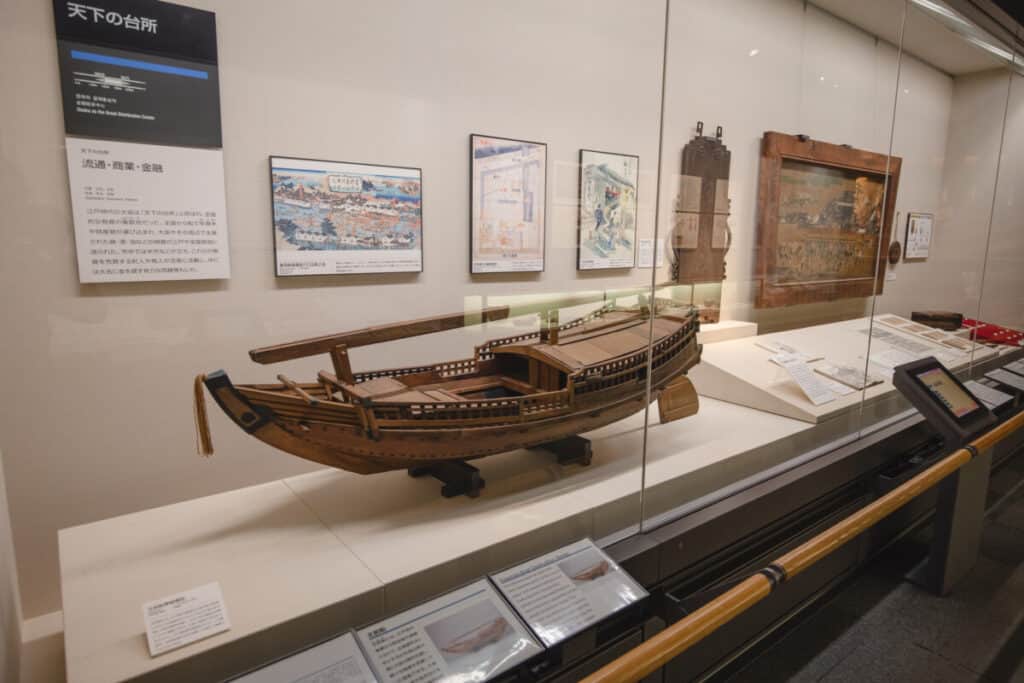
The menu offers traditional Japanese food including udon and rice dishes.
There is also a shop on the bottom floor of the museum. Some of the shops contain trinkets and souvenirs that you can take home to remember your visit.
Interactive Experiences
On various floors inside of the museum, you have a chance to interact with some of the displays. This allows you to truly transport yourself back in time and gives you the opportunity to imagine yourself in that time period.
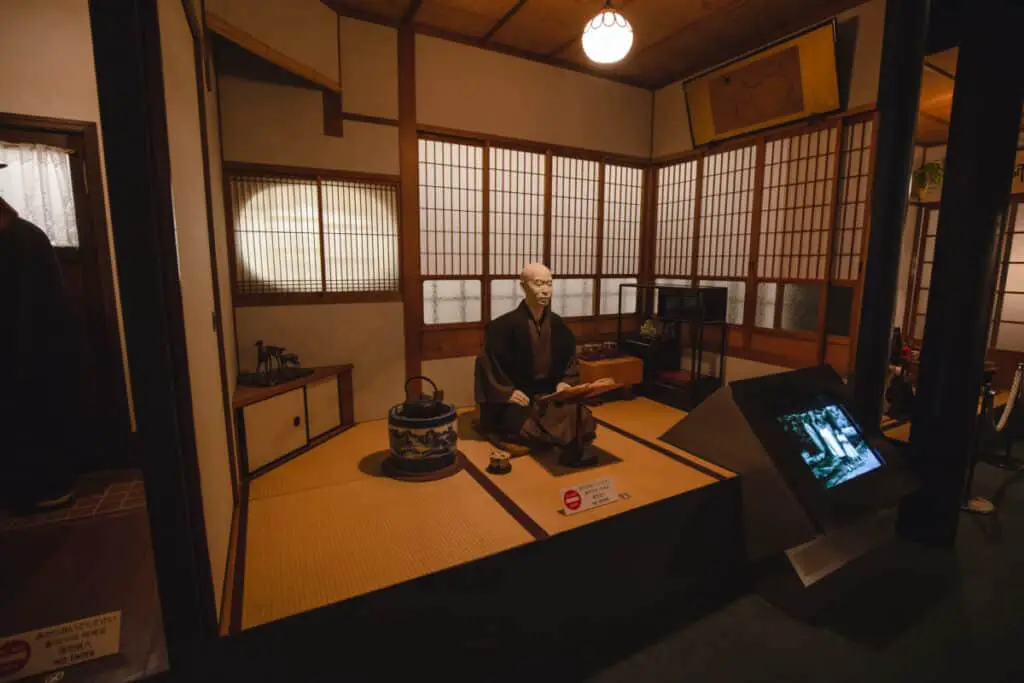
For example, you are able to play a traditional game called Tosenkyo. This is a game you play with others, and the objective is to hit a target with a fan.
There is also another game, called Sugoroku, a board game that was played in the Meiji era.
There are also a couple of opportunities to learn more about the traditional dress from Osaka’s past, and you are even able to touch the garments and try some on.
Outside Of The Osaka Museum Of History
Before you leave, you want to make sure you stop to see the Hoenzaka warehouse recreation. This warehouse is reminiscent of structures from the 5th century.
Special Exhibitions
It’s worth visiting the museum’s website when you are planning your trip to Japan, as they erect special exhibitions in the museum periodically. These will offer unique but temporary glimpses into different aspects of Osaka’s history.
These exhibits could include anything from the evolution of fashion in Osaka to the display of paintings and literary works from prominent figures from Osaka.
Osaka Castle Park Official Website
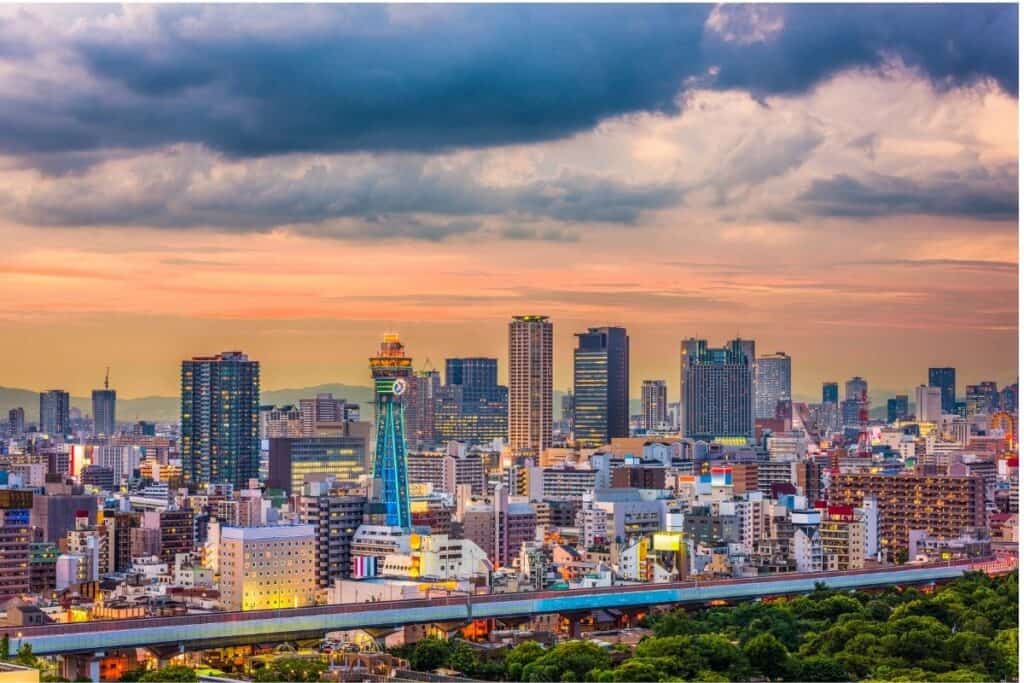
Osaka Castle Park
When you arrive at the Osaka Museum of History, you’ll notice that there’s a breathtaking castle across the street.
The castle is a recreation of the original Osaka Castle, which saw a plethora of devastation over the years.
When the castle was originally built, it stood to become a symbol of the evolution of Japan from the previous rule.
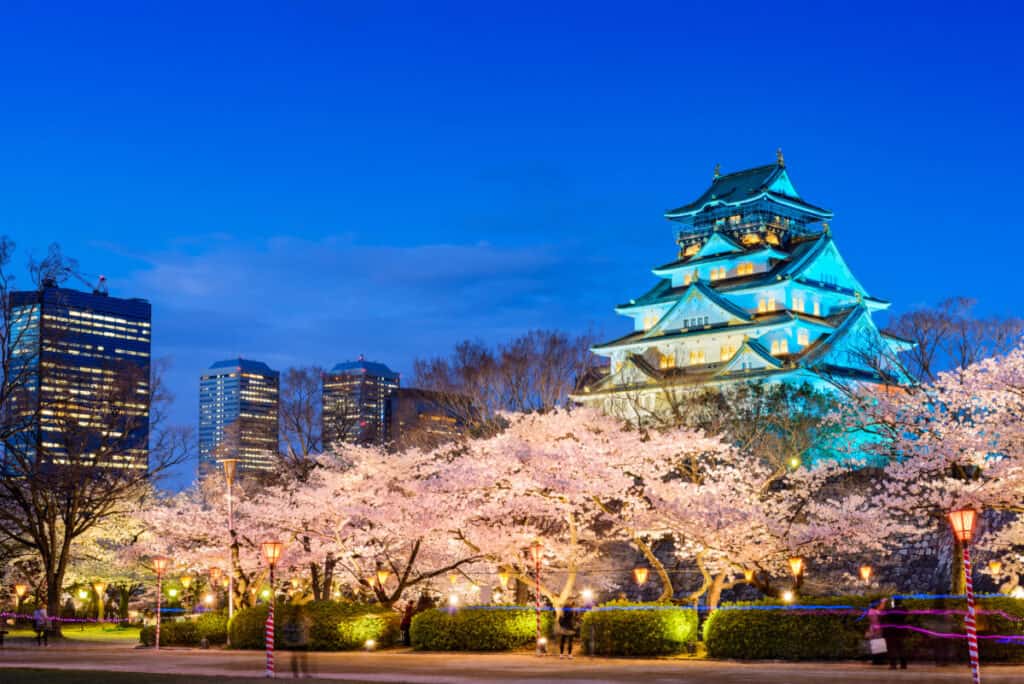
Since it was built, it was destroyed by enemy troops, and it was also struck by lightning and destroyed by fire. Surprisingly, the invasion of World War II didn’t impact the castle at all.
The castle is also surrounded by an expansive park decorated with beautiful cherry blossom trees. There are also several attractions within the park that are worth exploring, such as a tea house, a shrine of the castle’s original owner, Toyotomi Hideyoshi, and recreational facilities.
Visiting The Osaka Museum Of History
The museum is closed on Tuesdays, as well as between December 28th to January 4th. The admission fee is 600 yen.
The museum opens its doors at 9:30 a.m. and closes at 5:00 p.m., except for on Fridays. On Fridays, you can stay at the museum until 8:00 p.m.
Osaka Museum Of History Official Website
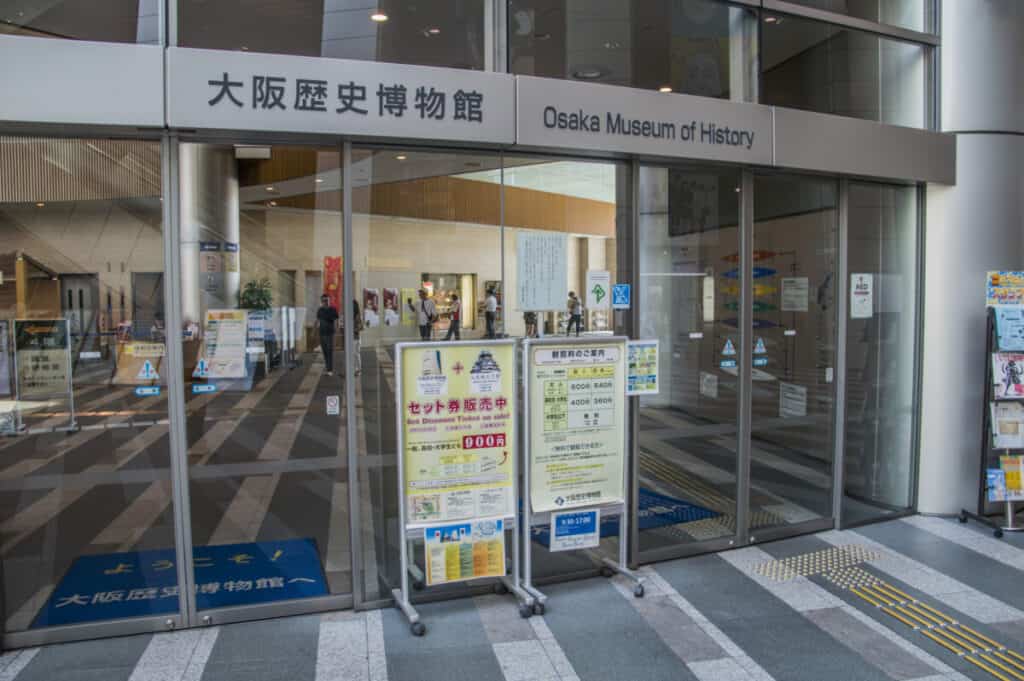
If a national holiday falls on Tuesday, the museum will be closed the next day. A lot of the different exhibits on display also have information translated to English.

